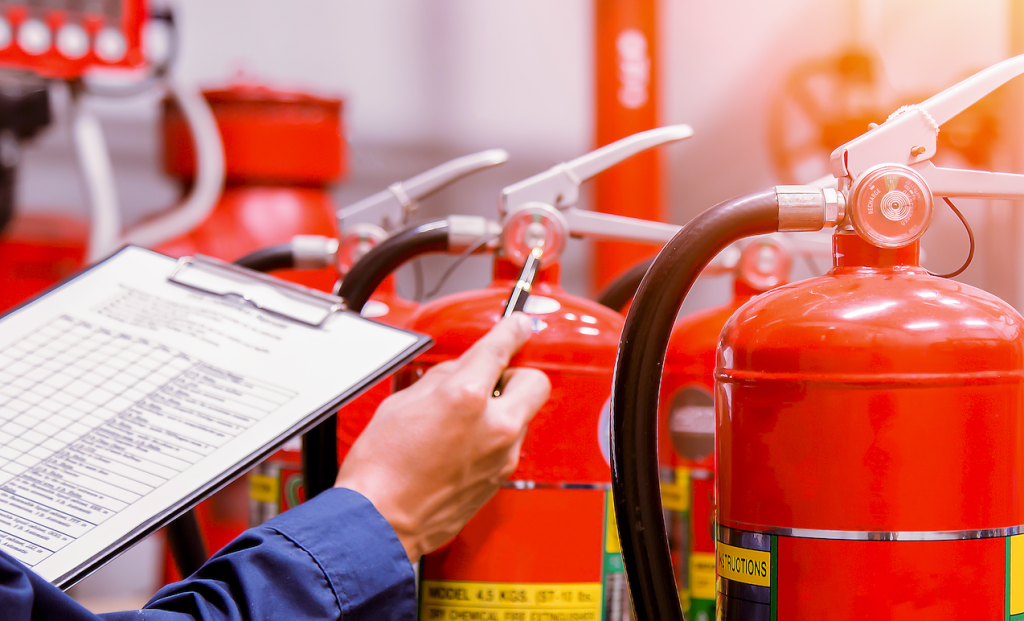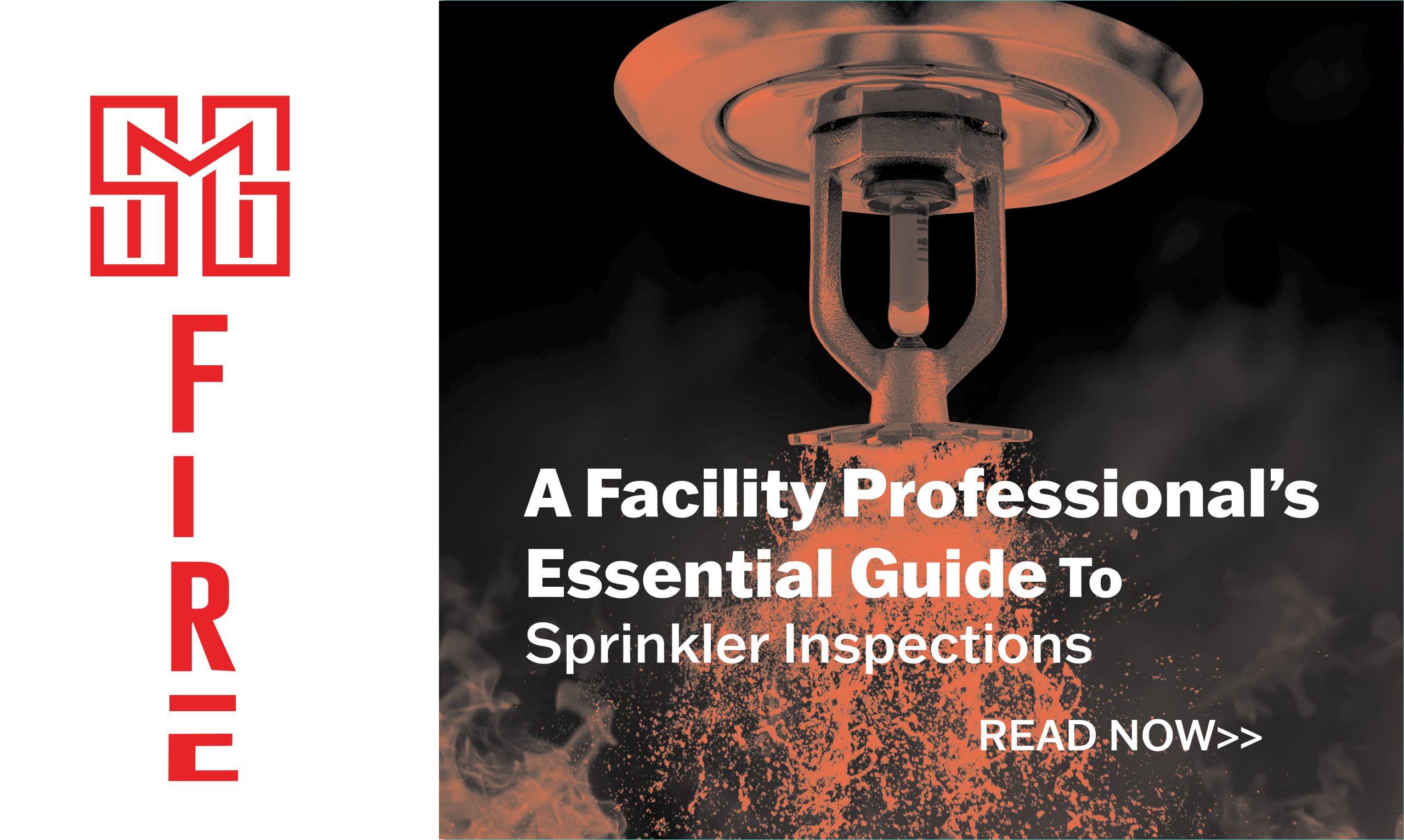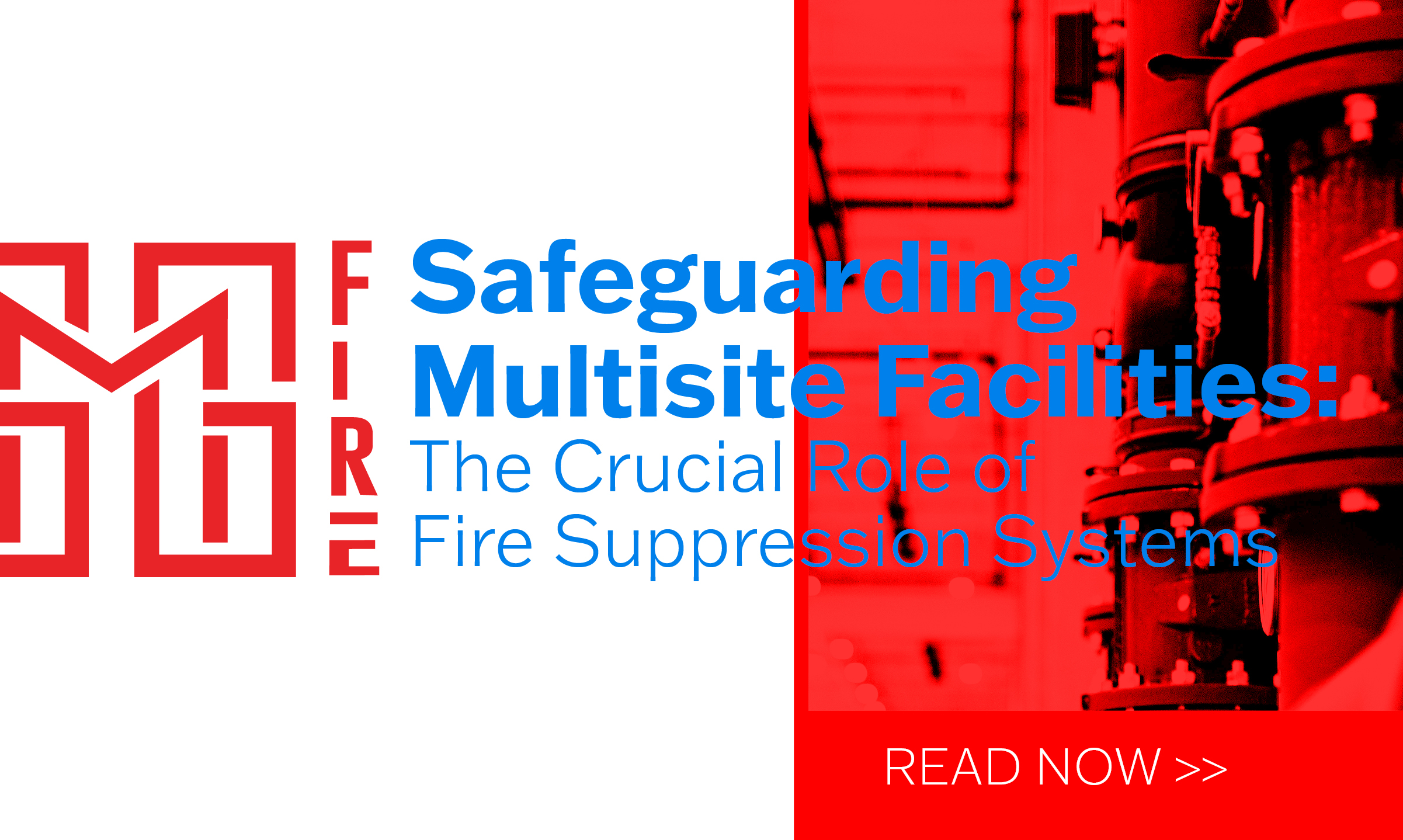Fire safety is of paramount importance in any workplace, but it becomes even more critical for multi-site companies. With operations spread across various locations, these organizations must establish comprehensive fire safety protocols to safeguard guests, team members, protect critical assets, and minimize the risk of fire-related incidents. In this blog, we will explore the essential elements that multi-site companies need to consider in maintaining effective fire safety strategies and programs across their premises.
1. Comprehensive Risk Assessment
A thorough risk assessment is the foundation of any fire safety strategy. Multi-site companies should conduct site-specific assessments to identify potential fire hazards and evaluate the vulnerability of each location. This assessment should encompass factors such as building structure, electrical systems, flammable materials storage, occupancy patterns, and emergency escape routes. By understanding the unique risks at each site, companies can tailor their fire safety measures accordingly.
2. Adequate Fire Prevention Measures
Preventing fires should be a primary focus for multi-site companies. This entails implementing preventive measures such as regular equipment maintenance, electrical inspections, and compliance with relevant safety codes and regulations. Fire prevention also includes measures like maintaining clear evacuation routes, proper storage of flammable substances, and adherence to smoking policies. Educating team members on fire prevention and promoting a culture of safety awareness is equally important.
3. Reliable Fire Detection Systems
Multi-site companies must deploy reliable fire detection systems to swiftly identify and alert occupants in case of a fire. This involves installing fire alarms, smoke detectors, heat detectors, and possibly even advanced technologies such as flame detectors and video analytics. Companies should ensure that these systems are regularly tested, maintained, and connected to a centralized monitoring station, enabling prompt response, and minimizing the risk of false alarms.
4. Efficient Fire Suppression Systems
Having effective fire suppression systems in place can significantly mitigate the impact of a fire. Multi-site companies should consider installing automatic sprinkler systems, fire extinguishers, and fire suppression systems like gas-based or foam-based systems. These systems should be strategically placed based on the identified fire risks, ensuring coverage across all critical areas. Regular inspections and maintenance are crucial to ensuring the reliability and functionality of these suppression systems.
5. Robust Emergency Response Plans
Multi-site companies need to develop comprehensive emergency response plans that outline clear procedures for evacuation, communication, and coordination during a fire incident. These plans should be site-specific, accounting for factors like occupancy, building layout, and accessibility. Regular drills and training sessions are essential to familiarize employees with the emergency response protocols, enabling them to act swiftly and efficiently in case of an emergency.
6. Effective Communication Systems
Communication is vital during fire emergencies, particularly in multi-site companies. Implementing reliable communication systems like public address (PA) systems, two-way radios, and emergency notification platforms ensures timely dissemination of critical information to all team members across various locations. Additionally, establishing contact with local emergency services and maintaining up-to-date contact information is essential for swift response and coordination.
7. Regular Audits and Compliance Checks
Maintaining fire safety standards requires ongoing vigilance and periodic audits. Multi-site companies should conduct regular inspections, audits, and compliance checks to assess the effectiveness of their fire safety measures. These evaluations should identify areas of improvement, address any non-compliance issues, and ensure that all locations meet the required fire safety regulations and codes.
Conclusion
For multi-site companies, prioritizing fire safety is a crucial aspect of ensuring the well-being of employees and protecting valuable assets. By conducting comprehensive risk assessments, implementing robust preventive measures, investing in reliable fire detection and suppression systems, and developing effective emergency response plans, these companies can significantly reduce the risk of fire incidents and minimize their impact. Regular audits and compliance checks help maintain fire safety standards, creating a secure environment across all locations. By committing to these essential fire safety considerations, multi-site companies can safeguard their operations and provide a safer workplace for their employees.






